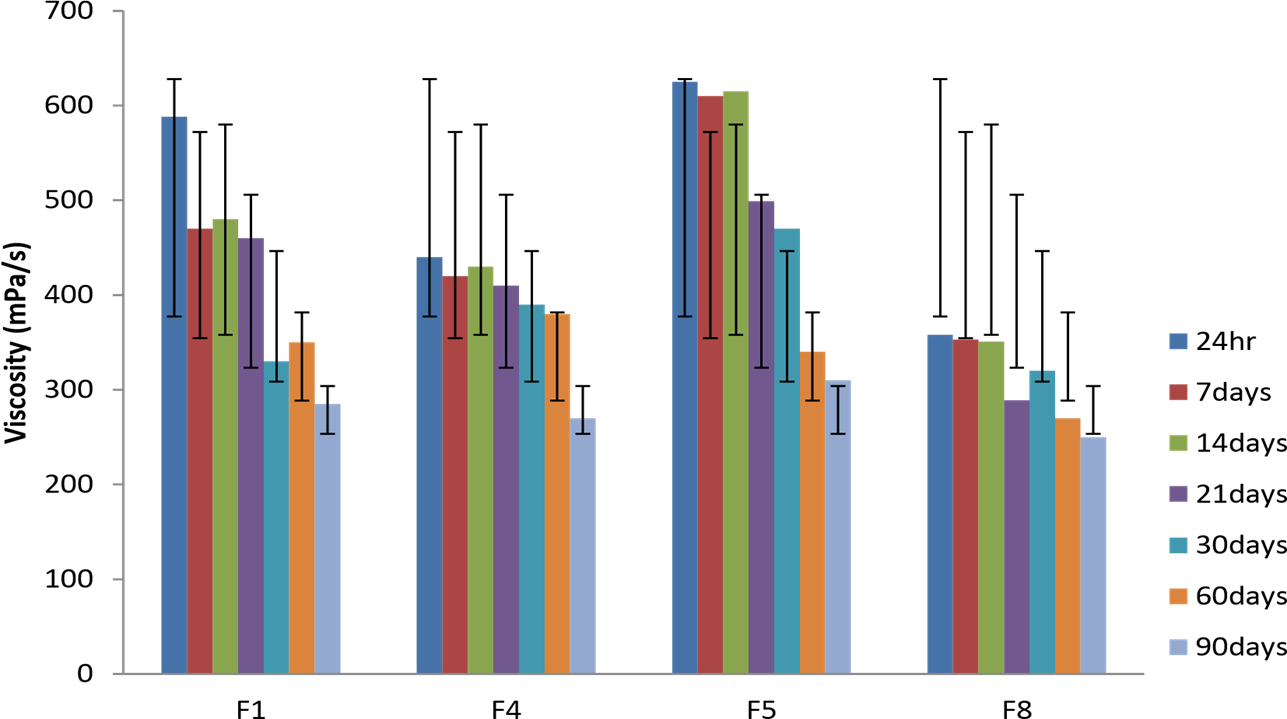PHYSICOCHEMICAL AND FORMULATION STUDIES ON PLAIN AND FORTIFIED CASHEW (Anacardium Occidentale Linn) NUT OIL
DOI:
https://doi.org/10.71146/kjmr344Keywords:
Emulsion, Globules sizes, Linoleic acid, Oleic acid, Palmitic acid, pH, Surfactant, Stearic acid, SEDDS, ViscosityAbstract
The need for an alternative to replace already existing excipient in pharmaceuticals is becoming very important. This is because traditional excipient is being over exploited in pharmaceutical formulations. The aim of this research was to extract, characterize and evaluate the self-emulsifying property of the oil from cashew nut seed. The oil was extracted using Soxhlet and cold press methods. Physicochemical analysis of the extracted cashew nut oil (CNO) which include determination of pH, moisture content, viscosity, saponification value, iodine value and peroxide value were determined using standard methods as outlined by the Association of Official Analytical Chemists (AOAC, 2016),(IUPAC,1979) and British Standard Institute 1999. Quantitative analysis of the oleic acid content of CNO was determined using the High Performance Liquid Chromatography (HPLC) and GCMS. Emulsions containing CNO were prepared in the presence and absence of an emulsifying self-emulsifying Oleic acid at varying concentrations. The organoleptic properties, pH, viscosity, creaming index, globule size and emulsion type of the prepared emulsions were determined. Stability studies of the prepared emulsions stored at 25 oC and 7 oC were also evaluated on day 1, day 30 and 3 months to assess the stability of the emulsions. The results showed that the Soxhlet method gave the highest oil content (33 %) than the cold press (27 %) methods of extraction. Quantitative analysis of the oil using HPLC showed that CNO from Soxhlet method contained 18.7 % of oleic acid and cold press method 46.2%. Stability studies showed that the emulsions containing emulsifying agent were homogenous and stable at 25 o C and 7 o C after 24 h, day 30 and 90 and their physicochemical properties were not significantly altered. On the other hand, emulsions prepared without emulsifying agent were found to be stable after 24 h but pH, viscosities, creaming indexes and globule sizes were observed to increase significantly by day 30, 60 and 90 days with Phase separation and inversion as an indication of instability. In conclusion, this study has been able to show that cashew nut oil possesses self-emulsifying property 24hr after formulation but cannot be used to prepare stable emulsions on its own without the inclusion of self-emulsifying agent.
Downloads

Downloads
Published
Issue
Section
License
Copyright (c) 2025 DADA ZUBAIRU NUHU (Author)

This work is licensed under a Creative Commons Attribution 4.0 International License.






